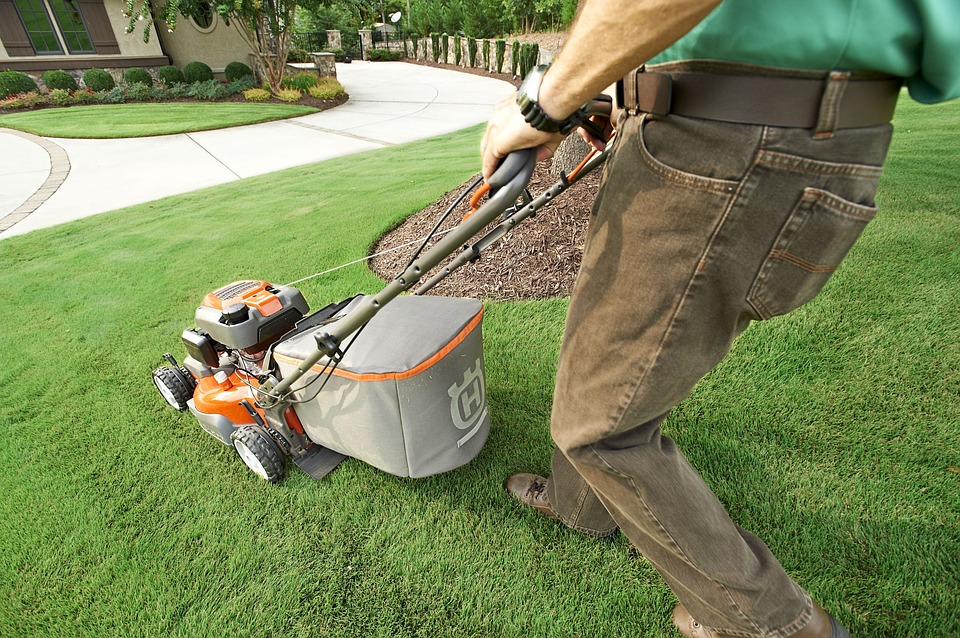Most Common Repairs For Lawn Mowers


Spring is finally here. As we all know, it’s that wonderful time of the year when you take your lawn mower out of the shed and find out that it doesn’t run anymore. Of course it ran fine all last year and it’s been sleeping peacefully all winter, so what’s the problem? How can something mechanical go bad simply by sitting around for four months? Of course they ask the same thing about people who sit on the couch all winter and die of a heart attack as soon as they get up and get busy.
As far as lawn mowers are concerned, it is not the sitting around that makes them go bad but what you failed to do at the end of last season that does the trick. A lot of people simply park their zero turn mowers from Cub Cadet and leave the gas tank filled up. Cars can go for months, even years, with old gas in the tank so why should this be a problem for something as simple as a lawn mower.
It’s a problem because most gas sold these days has ethanol in it. Ethanol, or alcohol, likes to bond with wandering water molecules in the air. This eventually turns your gas tank into a repository for water. Since water is heavier than gas, it sinks to the bottom of the tank and is thus the first liquid that flows into your carburetor once you try to fire it up in the spring. Small engines don’t run on water, so one of the first troubleshooting steps you can take is to drain out the old gas and put in a fresh supply.
Now your mower probably still won’t run because the carburetor is likely to be full of water, so you need to remove the nut at the bottom of the carburetor and dump out the sludge in the float bowl. At this point, you may or may not get your mower to start. If it does not, you should probably take off the carburetor entirely and either carefully clean it or buy a new one. Small engine carburetors do not like sitting all winter with water in them.
The next most common culprit of a non-running engine is the spark plug. Crazy as it sounds, these too can go bad simply by sitting around. Also, small engines tend to eat them up at a fairly fast rate. Putting a new one in at the start of every year is probably a good idea. Also keep a spare or two in the garage. When they go bad, they don’t give much notice other than becoming much harder to start.
If you hit a rock or something and your mower becomes hard to start or runs badly, if at all, you may have sheared the aluminum key in the flywheel. This throws the spark timing way off. If you know how to take things apart, it’s not much of a job to replace the broken key with a new one that might cost a buck.
Mower blades are another part that goes bad, either by wearing out or hitting a rock and getting way out of balance. If this happens, you’ll definitely feel it. New ones are cheap and easy to install, plus they do a much nicer job of actually cutting the grass rather than ripping the top off of it so it can turn all raggedly and yellow.
That pretty much covers all the major things that go wrong with lawn mower engines. Water in the tank, sludge in the carburetor, bad spark plugs and worn out blades. In the winter, run your engine dry before you put it up or run some fuel stabilizer in your last fill up. That cures a lot of these problems. Everything else is simple, inexpensive maintenance. Do it yourself and save, or buy a new mower every year or two.
